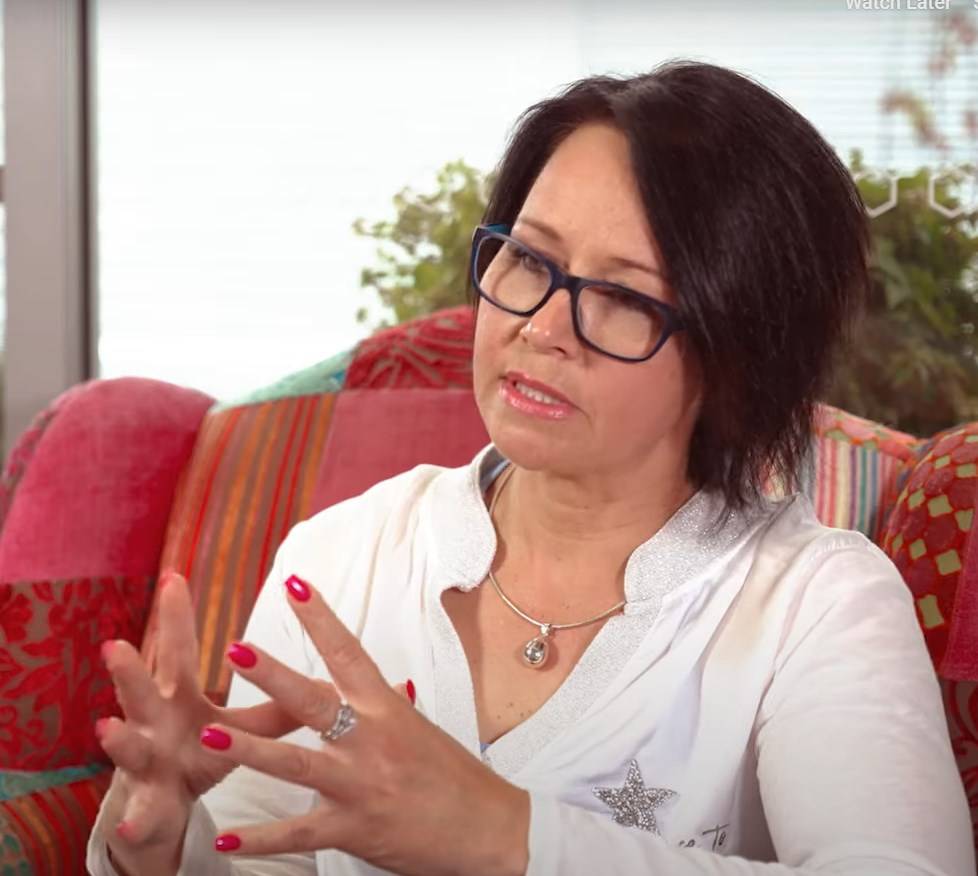Active listening is a powerful communication tool that can help you build stronger relationships, understand others better, and make better decisions. It’s the ability to fully focus on what the other person is saying, understand their perspective, and respond in a way that shows you’re listening.
Here are a few tips to help you master the art of active listening:
Eliminate distractions. To actively listen, you need to give the other person your full attention. Put away your phone, turn off the TV, and eliminate any other distractions that could take your focus away from the conversation.
Ask open-ended questions. Show that you’re listening and interested in what the other person has to say by asking open-ended questions. These types of questions encourage the person to share more information and give you a deeper understanding of their perspective.
Practice empathy. Try to understand the other person’s feelings and perspective by putting yourself in their shoes. This approach can help you build a deeper connection and understand the conversation better.
Repeat back what you heard. Repeat back what you’ve heard to the other person to show that you’re paying attention and to ensure that you understand what was said. This approach can help to prevent misunderstandings and ensure that you’re on the same page.
Give nonverbal cues. Show the other person that you’re listening by nodding, making eye contact, and using other nonverbal cues. This approach can help to build trust and make the conversation more comfortable.
By actively listening, you’ll be able to build stronger relationships, understand others better, and make better decisions. Remember, active listening is a skill that takes practice, but with the right mindset and approach, you can master it. Start by eliminating distractions, asking open-ended questions, practicing empathy, repeating back what you heard, and giving nonverbal cues. In this way – whether communicating with loved ones, colleagues or even people you just met – you’ll make the most of your conversations and leave others feeling connected and heard.
Would you like help to communicate better? One of the primary outcomes of working with a counsellor is improved communication. Call us today to book your free consultation.





